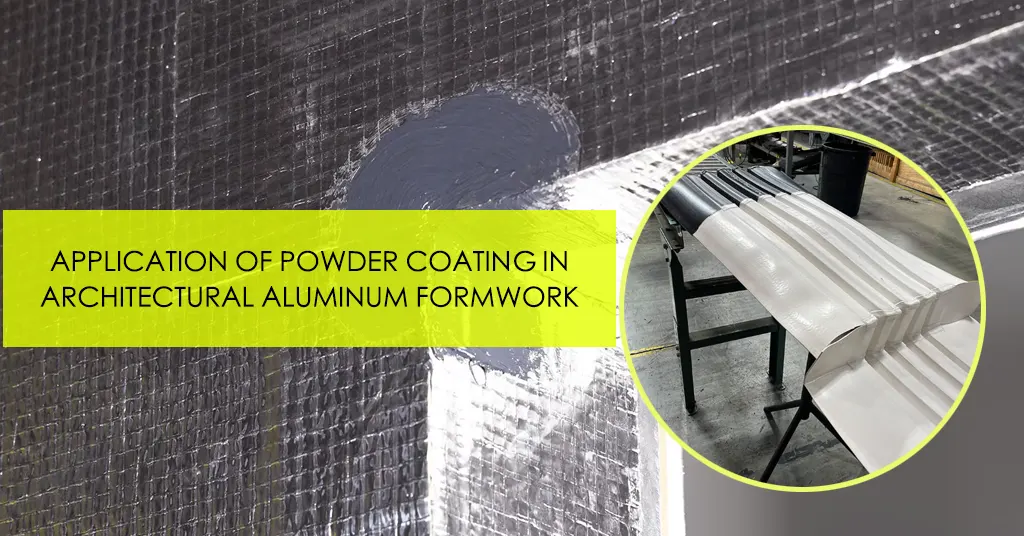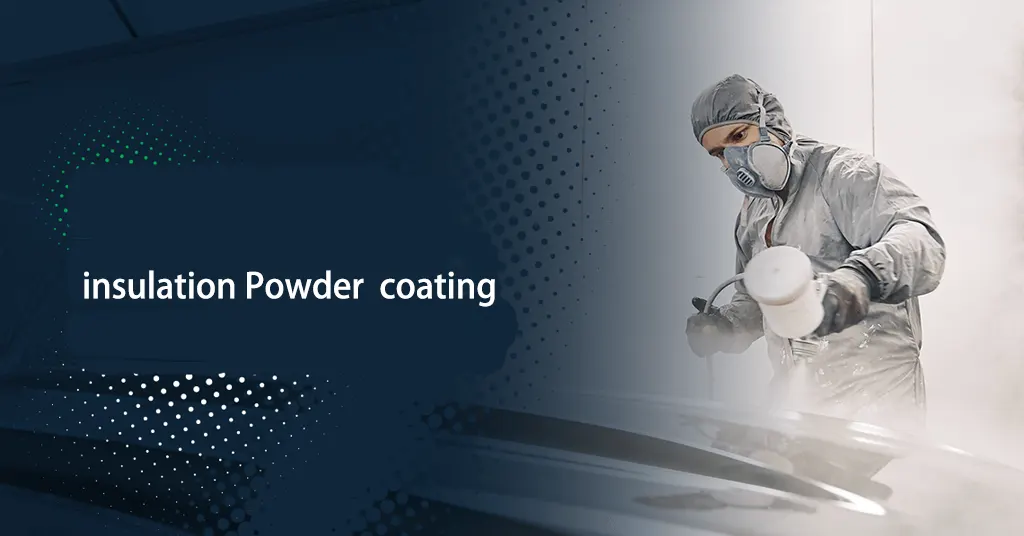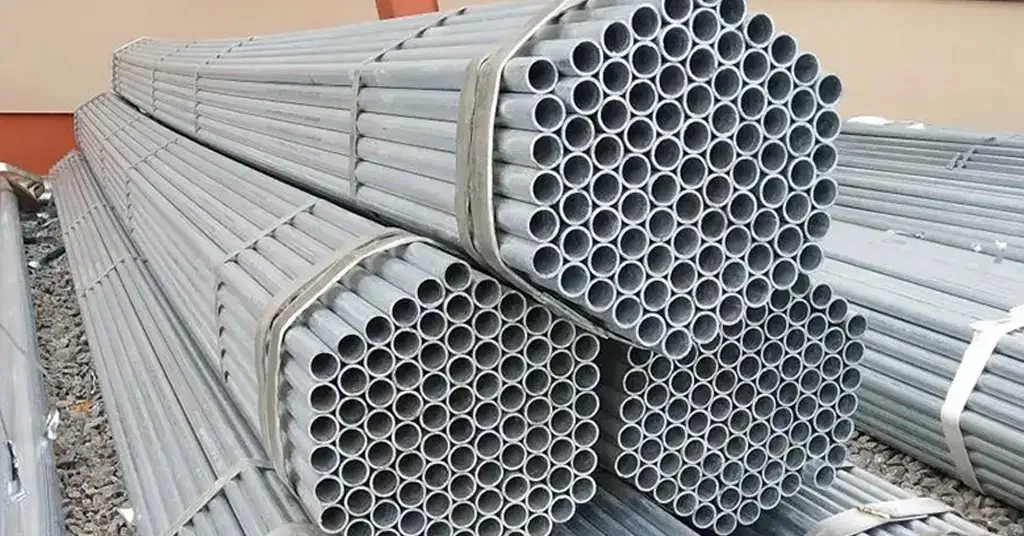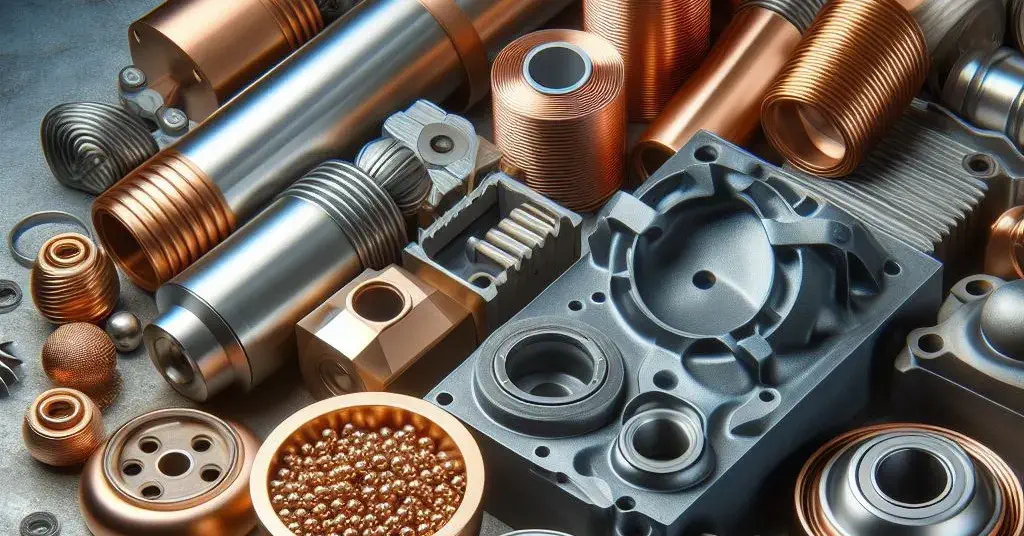Fluorocarbon Powder Coating
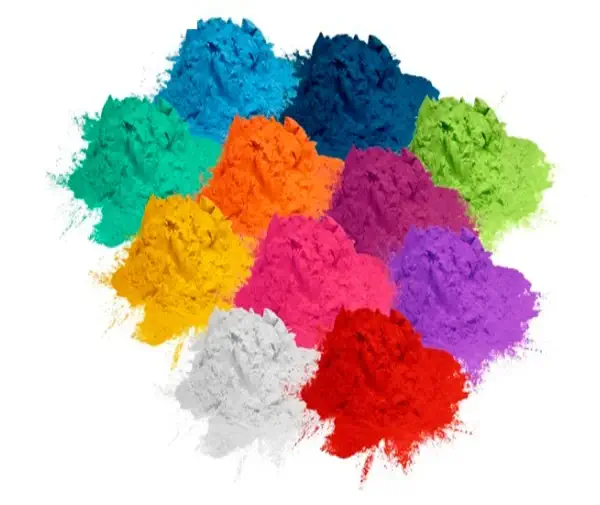
Fluorocarbon Powder Coating
- Sample: Free Sample Supported
- Color : Customized Supported
- Gloss : 2-95% (Smooth Surface At 60°),Customized Supported
- Surface : Smooth Or Texture ; Customized Supported
- Package : 20KG Or 25KG/Carton Or Customized Supported
- Delivery : In 2-5 Days
Product Performance
- Super Durable Weatherability
- Excellent Anti Yellowing Performance
- Excellent Luster And Color Integrity
- Excellent Mechanical And Chemical Performance
- Great Leveling And Gloss
- Great Anti Heat Property,Suitable For Long-Term Outdoor Exposure Product , Good Outdoor Durability
Mostly Used In Weather-Resistant Function Field. The Biggest Advantage Of Thermosetting Acrylic Resin Powder Coating Is Excellent Weather Resistance, Color Retention, Pollution Resistance, Strong Metal Adhesion, And Excellent Film Appearance. It Is Suitable For Decorative Powder Coatings.
| Density | 1.2-1.8 G/cm³ |
| Film | Film Thickness :40u~150um , Best Recommendation Is 40um~80um |
| Utilization Rate | Average Coverage : 10~12 Square Meter/KG ,With 60um (100% Use Rate) |
| Curing Condition | 160°C/10min;180°C/10min ;180°C/15min;190°C/15min ;200°C/10min; Or Customized According To Requirements |
| Method | Corona Electrostatic Spraying ,Electrostatic-Fluidized Bed, Fluidized Beds,Tribo Charging Guns |
| Applicaiton | Aluminum Profile And Aluminum Sheet;Steel Or Galvanized Steel Sheet;Corridor, Door, Window Structure;Also Used To Protect And Decorate Indoor Equipment ;Construction And Agriculture Machiery Etc. |
| Transportation | Two Layers Of Polyvinyl Chloride Plastic Bags In Carton Package, 20 /25kg Per Carton. Non-Dangerous Goods Can Be Transported In Various Ways, But Avoild From Direct Sunlight, Moisture And Heat, And Contact With Chemical Substances. |
| Safety | Non Toxic Substances, And There Is No Toxic Gas Generated During Baking, But Avoid Inhaling Dust During Use, Operators Should Wear Dust Masks, And Minimize The Long-Term Contact Between Skin And Powder Coatings, Which Adhere To The Skin The Paint On The Surface Can Be Cleaned With Soap. |
What is fluorocarbon powder coating and how does it work?
Fluorocarbon powder coating, often referred to as fluoropolymer powder coating, is a type of protective coating used on various surfaces, particularly metal, to provide enhanced durability, resistance to corrosion, and a long-lasting aesthetic finish. This coating is based on fluoropolymer resins, which are known for their exceptional chemical resistance and non-stick properties. Some common trade names for fluorocarbon powder coatings include Kynar, Hylar, and Teflon.
Here’s how fluorocarbon powder coating works:
Powder Preparation: Fluorocarbon powder coating starts with the preparation of a fine powder composed of fluoropolymer resin, pigments, and other additives. These powders come in various colors and formulations to achieve specific aesthetic and performance requirements.
Surface Preparation: Before applying the powder coating, the surface to be coated (usually metal) must be thoroughly cleaned and prepared. This typically involves removing any dirt, rust, oil, or existing coatings to ensure good adhesion of the fluorocarbon powder.
Application: The powder coating is applied to the prepared surface using an electrostatic spray gun. The gun imparts a positive electric charge to the powder particles, causing them to be attracted to the grounded metal surface. This electrostatic attraction ensures uniform and efficient coverage.
Curing: After the powder is applied, the coated object is transferred to an oven where it undergoes a curing process. During curing, the powder particles melt and fuse together, forming a continuous, protective film on the surface. The curing temperature and time are carefully controlled to ensure proper cross-linking of the fluoropolymer resin, which contributes to its durability and resistance properties.
Cooling and Inspection: Once the curing process is complete, the coated object is allowed to cool. It is then inspected for quality, including checking for uniform thickness, smoothness, and any defects.
what are the advantages of fluorocarbon powder coating?
| Excellent Durability: Fluorocarbon powder coatings are highly durable and can withstand exposure to UV radiation, harsh weather conditions, and extreme temperatures. This durability ensures that the coated surfaces maintain their appearance and protective properties over an extended period. | Superior Corrosion Resistance: These coatings provide exceptional protection against corrosion and oxidation, making them suitable for outdoor and marine environments, as well as industrial applications where exposure to corrosive substances is a concern. |
| Chemical Resistance: Fluorocarbon powder coatings are highly resistant to a wide range of chemicals, acids, solvents, and pollutants. This resistance is valuable in industrial and chemical processing equipment where exposure to corrosive substances is common. | Longevity: The durability and resistance properties of fluorocarbon coatings contribute to their long service life, reducing the need for frequent maintenance and recoating. |
| Aesthetic Versatility: These coatings are available in a wide range of colors and finishes, allowing for customization to achieve desired aesthetic effects. They maintain their color and gloss over time, ensuring an attractive appearance. | Non-Stick Properties: Fluorocarbon coatings have non-stick properties, which make them ideal for applications where easy release and cleanability are essential. This property is particularly valuable in cookware and bakeware. |
| Low Maintenance: Due to their resistance to staining and corrosion, surfaces coated with fluorocarbon powder coatings are relatively easy to clean and maintain, reducing maintenance costs. | Environmental Benefits: Many fluorocarbon powder coatings are formulated with low or zero volatile organic compounds (VOCs), making them more environmentally friendly compared to liquid coatings. They also require less energy during curing, contributing to energy efficiency. |
| UV Resistance: These coatings are highly resistant to UV radiation, preventing color fading and degradation when exposed to sunlight, which is crucial for architectural applications. | Wide Range of Applications: Fluorocarbon powder coatings can be applied to a variety of substrates, including metals (e.g., aluminum, steel), plastics, and composites. They find applications in industries such as architecture, automotive, aerospace, electronics, and more. |
What are the differences between fluorocarbon powder coating and traditional liquid coatings?
| Fluorocarbon Powder Coating | Traditional Liquid Coatings | |
| Application Method | These coatings are applied as a dry powder using an electrostatic spray gun. The powder is attracted to the grounded workpiece, creating a uniform coating. After application, the coated object is cured in an oven to melt and fuse the powder particles into a continuous film. | Liquid coatings are applied as a liquid mixture, which can be water-based or solvent-based, using various methods such as spraying, brushing, or dipping. The liquid must then dry and cure to form a solid film. |
| Environmental Impact | Many fluorocarbon powder coatings have low or zero volatile organic compounds (VOCs), which are environmentally harmful chemicals that can contribute to air pollution. Powder coating typically produces less hazardous waste and is considered more environmentally friendly. | Liquid coatings often contain VOCs and other potentially harmful solvents, which can have negative environmental impacts. Special precautions and equipment may be required to control emissions and reduce environmental harm. |
| Efficiency | Powder coating is generally more efficient in terms of material utilization because overspray can be reclaimed and reused. This can reduce material waste and save costs. | Liquid coatings may produce more overspray and waste, which can result in higher material costs and disposal expenses. |
| Finish Quality | Powder coatings typically provide a smoother, more even finish with minimal runs, drips, or sags. They can achieve a consistent thickness and appearance, especially on complex-shaped parts. | Liquid coatings may require more skill to apply evenly, and the finish quality can be affected by factors such as ambient temperature and humidity. Runs, drips, and sags are more common with liquid coatings. |
| Performance Properties | Fluorocarbon powder coatings offer excellent durability, corrosion resistance, chemical resistance, and UV resistance. They are known for their long-lasting performance and are often used in demanding environments. | The performance of liquid coatings can vary depending on the formulation and curing process. They may not provide the same level of durability, chemical resistance, or UV resistance as fluorocarbon powder coatings. |
| Thickness Control | Powder coatings allow for precise control of coating thickness through adjustments in the application process, making it easier to achieve consistent results. | Achieving consistent thickness with liquid coatings can be more challenging, and it often requires careful monitoring and control of application parameters. |
Are there any specific maintenance requirements for surfaces coated with fluorocarbon powder coatings?
- Regular Cleaning: Periodic cleaning is essential to remove dirt, dust, and contaminants that can accumulate on the coated surface. Use a mild detergent or soap and water, along with a soft cloth or sponge, to clean the surface. Avoid abrasive materials or harsh chemicals that could potentially damage the coating.
- Avoid Abrasive Cleaning: Do not use abrasive scrubbers, steel wool, or abrasive cleaners on surfaces with fluorocarbon powder coatings. These abrasive materials can scratch and dull the coating, compromising its appearance.
- Stain Removal: If you encounter stubborn stains, such as grease or oil, try to remove them promptly using a mild solvent or a mixture of baking soda and water. Gently blot the stain, rather than scrubbing, to avoid damaging the coating.
- Avoid High Temperatures: While fluorocarbon coatings are heat-resistant, prolonged exposure to high temperatures, such as from open flames or extremely hot objects, can affect their appearance. Avoid exposing coated surfaces to extreme heat whenever possible.
- Avoid Sharp Objects: Be cautious when handling sharp or abrasive objects near coated surfaces. Scratches or cuts in the coating can compromise its performance and aesthetics.
- Inspect for Damage: Periodically inspect the coated surfaces for any signs of damage, such as chips, cracks, or peeling. If you notice any issues, address them promptly to prevent further deterioration.
- Recoating: Over time, especially in high-wear or outdoor environments, fluorocarbon powder coatings may show signs of wear. If the coating becomes significantly damaged or faded, it may be necessary to recoat the surface to maintain its protective and aesthetic properties.
- Follow Manufacturer's Recommendations: Always follow the manufacturer's maintenance and care guidelines specific to the fluorocarbon powder coating product used. These guidelines may provide specific recommendations for cleaning products and procedures.
- Avoid Harsh Chemicals: Avoid using strong acids, alkalis, or abrasive chemicals on coated surfaces, as these can damage the coating's integrity and appearance.
- Protect from Abrasion: In high-traffic areas or areas prone to abrasion, consider using protective mats or covers to minimize wear on the coated surfaces.
What industries are fluorocarbon powder coatings often used in?
| Regular Cleaning: Periodic cleaning is essential to remove dirt, dust, and contaminants that can accumulate on the coated surface. Use a mild detergent or soap and water, along with a soft cloth or sponge, to clean the surface. Avoid abrasive materials or harsh chemicals that could potentially damage the coating. | Avoid Abrasive Cleaning: Do not use abrasive scrubbers, steel wool, or abrasive cleaners on surfaces with fluorocarbon powder coatings. These abrasive materials can scratch and dull the coating, compromising its appearance. |
| Stain Removal: If you encounter stubborn stains, such as grease or oil, try to remove them promptly using a mild solvent or a mixture of baking soda and water. Gently blot the stain, rather than scrubbing, to avoid damaging the coating. | Avoid High Temperatures: While fluorocarbon coatings are heat-resistant, prolonged exposure to high temperatures, such as from open flames or extremely hot objects, can affect their appearance. Avoid exposing coated surfaces to extreme heat whenever possible. |
| Avoid Sharp Objects: Be cautious when handling sharp or abrasive objects near coated surfaces. Scratches or cuts in the coating can compromise its performance and aesthetics. | Inspect for Damage: Periodically inspect the coated surfaces for any signs of damage, such as chips, cracks, or peeling. If you notice any issues, address them promptly to prevent further deterioration. |
| Recoating: Over time, especially in high-wear or outdoor environments, fluorocarbon powder coatings may show signs of wear. If the coating becomes significantly damaged or faded, it may be necessary to recoat the surface to maintain its protective and aesthetic properties. | Follow Manufacturer's Recommendations: Always follow the manufacturer's maintenance and care guidelines specific to the fluorocarbon powder coating product used. These guidelines may provide specific recommendations for cleaning products and procedures. |
| Avoid Harsh Chemicals: Avoid using strong acids, alkalis, or abrasive chemicals on coated surfaces, as these can damage the coating's integrity and appearance. | Protect from Abrasion: In high-traffic areas or areas prone to abrasion, consider using protective mats or covers to minimize wear on the coated surfaces. |
Have Anything To Ask Us?
